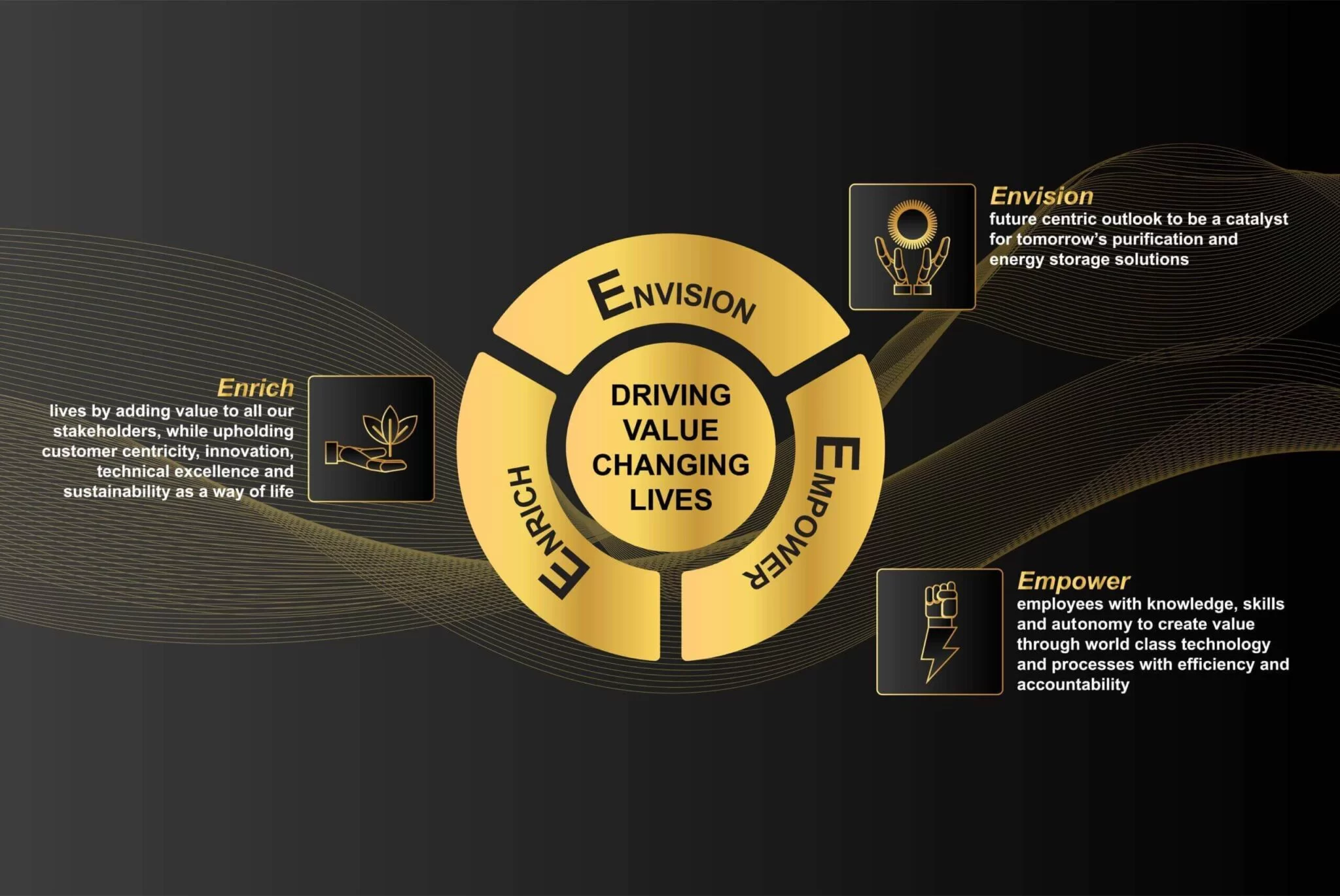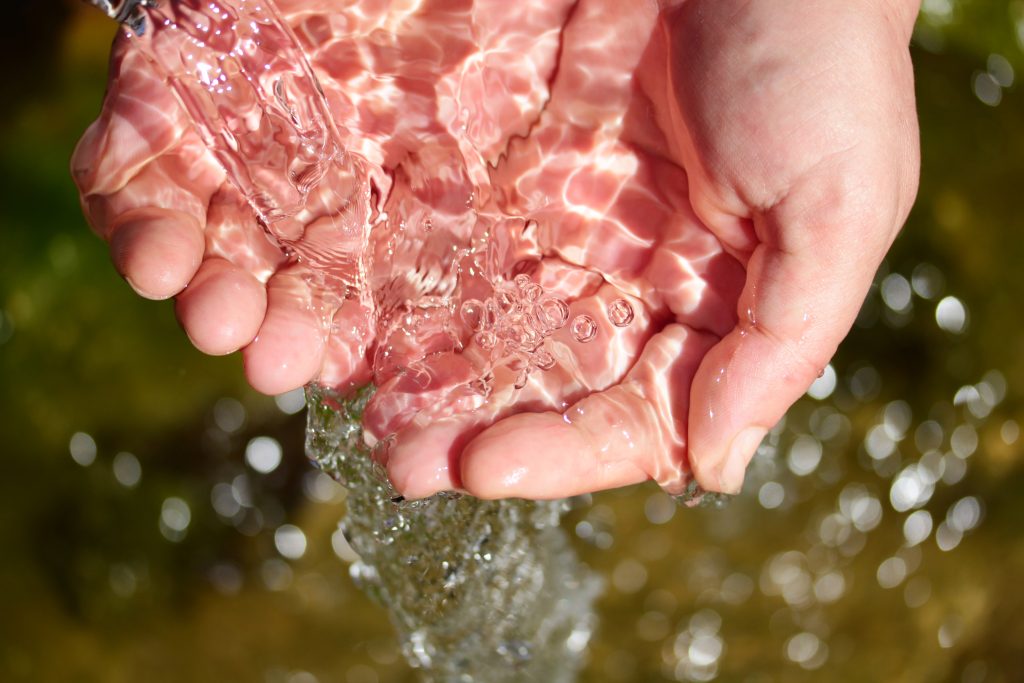
Water scarcity isn’t tomorrow’s problem, it’s today’s reality. From water-stressed regions like the Middle East to growing urban centers across Asia and Africa, the demand for clean, reliable water is surging. Driven by population growth, climate change, and depleting freshwater sources, this global crisis calls for immediate and innovative solutions.
Looking specifically at the Middle East, water in the region has always been in short supply due to geography. Although the Middle East is home to only about 6% of the world’s population, it has very limited renewable freshwater resources. This scarcity makes access to clean water a daily challenge. Countries such as Saudi Arabia, UAE, and Qatar are investing massively in large-scale desalination plants to secure water supplies and reduce groundwater depletion. But, it’s not just the Middle East, desalination has rapidly become a vital solution across the globe, as countless regions grapple with escalating water scarcity and the relentless depletion of their natural freshwater reserves.
What is desalination?
At its peak, desalination is the process of removing salts and other impurities from water, transforming it into a resource suitable for human consumption and industrial use. Once considered an alternative solution, desalination has now become a critical strategy in addressing the global water crisis.
Today, large-scale desalination plants are being developed not only along coastlines but also in inland regions, helping countries reduce their dependence on limited freshwater reserves and secure sustainable water supplies for the future.
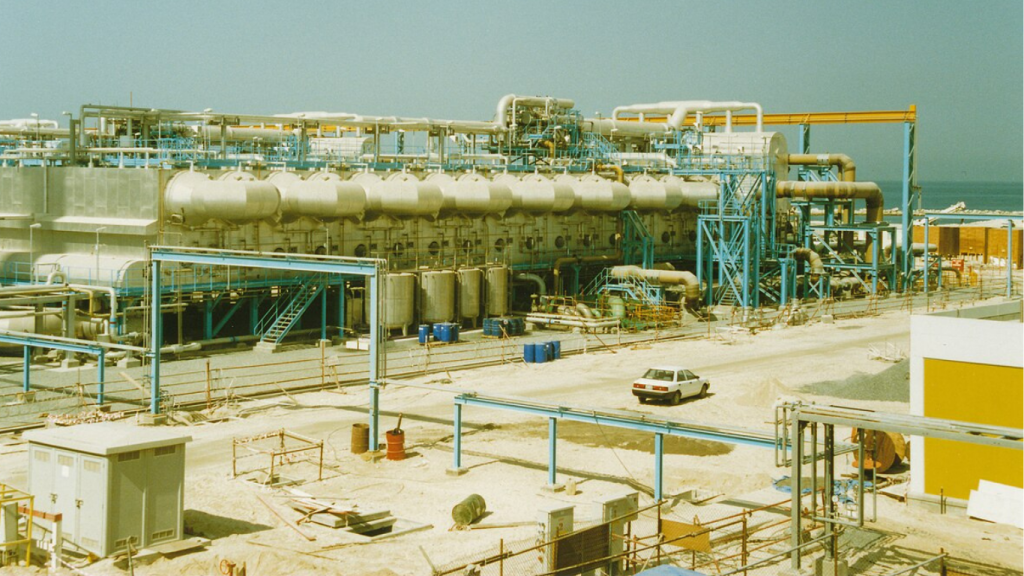
How does desalination work?
While the idea of turning alternative water sources into freshwater sounds simple, the actual process involves multiple complex stages. Let’s break it down:
1. Pre-Treatment
Before seawater can be desalinated, it must first be cleaned of substances that could damage equipment. This step removes suspended solids, chlorine, organic materials, and other potential contaminants.
2. Main Process
In the Reverse Osmosis (RO) stage, water is forced at high pressure through semi-permeable membranes that separate the salts and impurities from the water, leaving behind freshwater.
Thermal Desalinationis also utilized at this stage where seawater is heated to create steam, leaving the salt behind. The steam then condenses back into freshwater.
3. Post-Treatment
The freshwater is then adjusted for taste, safety, and pH balance before being distributed for use.
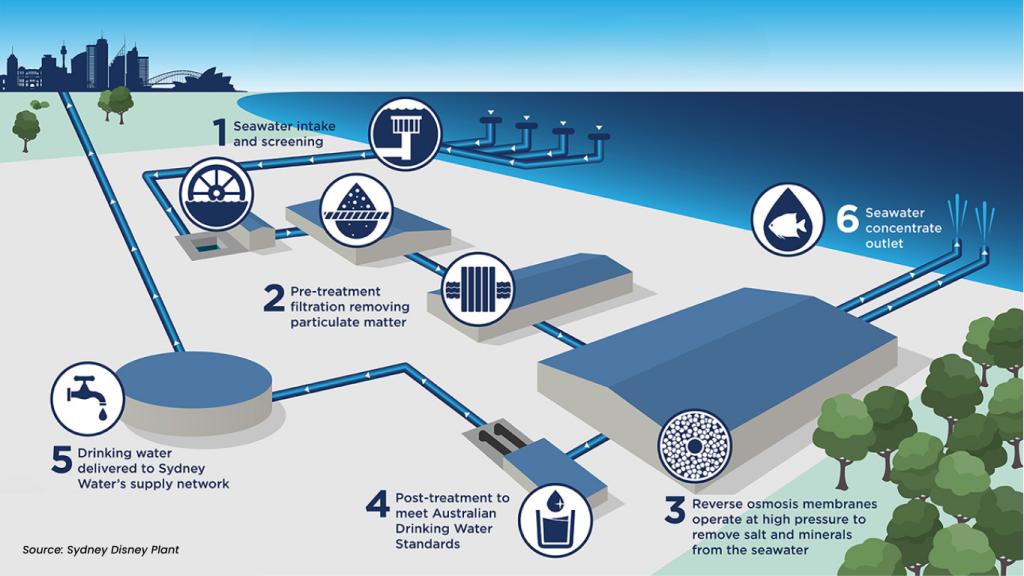
How does Activated Carbon support Desalination?
Here’s where many overlook a critical detail: desalination isn’t just about removing salt and impurities, it’s about protecting the process itself. Incoming water sources often contain chemicals like chlorine and organic compounds that can corrode and clog the expensive RO membranes. Pre-treatment ensures the entire system runs efficiently and that’s where Activated Carbon plays a vital role.
Activated Carbon in Desalination: What you need to know
Activated carbon is a vital part of the pre-treatment stage in desalination systems, offering multiple performance and operational benefits:
- Removes chlorine and chloramines to protect RO membranes from degradation
- Adsorbs organic compounds such as oils, pesticides, and natural organics that can cause fouling
- Improves taste and odor, especially in brackish or recycled water treatment
- Enhances system efficiency by reducing membrane fouling and maintenance needs
- Extends equipment lifespan, lowering replacement and downtime costs
- Supports sustainable operations by reducing chemical use and energy demands
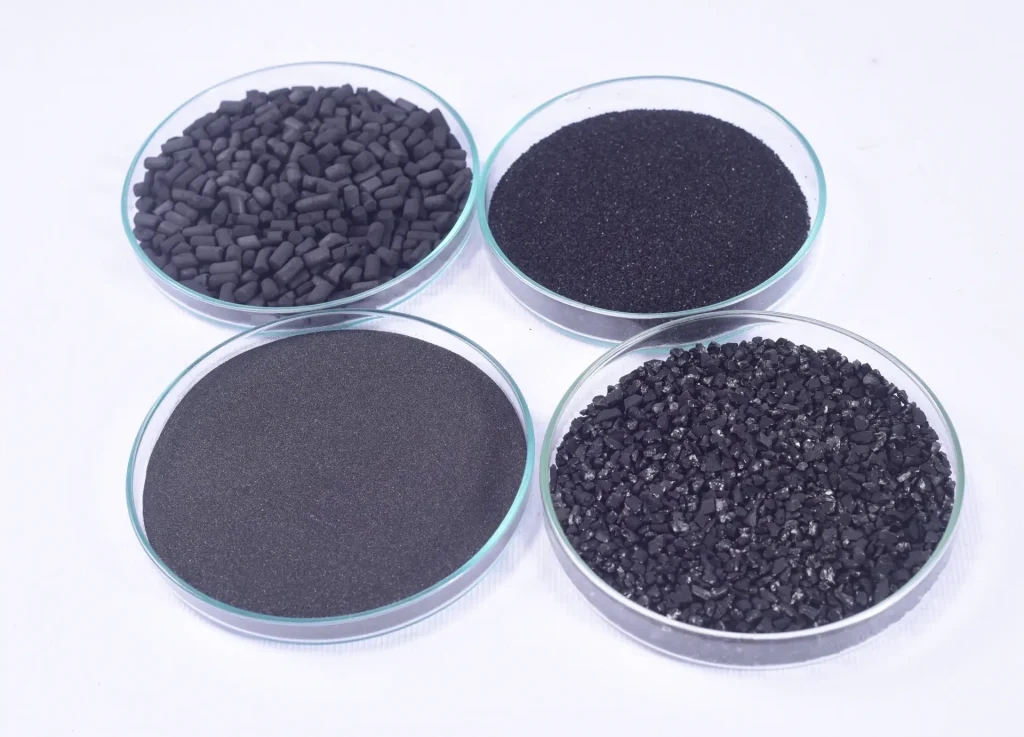
So, why not choose smarter filtration to support your desalination process? It’s a strategic step towards a more efficient & sustainable future!
In the end, tackling global water scarcity demands a combination of technologies working together. It’s about bringing together smart solutions that work side by side. This is where companies like Haycarb make a difference. As a global leader in activated carbon solutions, our products play a vital role in supporting desalination plants worldwide, shaping a secure and sustainable water supply for communities everywhere.
FAQs
1. Why is desalination important in today’s world?
Desalination is crucial for providing fresh drinking water in regions facing water scarcity, especially as climate change and population growth strain natural freshwater resources.
2. What types of water can be desalinated?
Desalination can treat a variety of sources, including:
- Seawater
- Brackish groundwater
- Industrial or wastewater (as part of advanced treatment processes)
3. What challenges do desalination plants face?
Desalination plants must handle high salinity, membrane fouling from organic matter, and corrosion from chemicals like chlorine, all of which can affect plant efficiency and water quality.
4. How does activated carbon support the desalination process?
Activated carbon removes chlorine, organic matter, and harmful compounds during the pre-treatment phase, protecting membranes and improving system efficiency.
5. How often does activated carbon need to be replaced in desalination systems?
The replacement frequency depends on:
- Water quality
- Flow rate
- System design
In high-demand systems, carbon media may need to be replaced or regenerated every few months to maintain performance.
6. What type of activated carbon is used in desalination?
Most desalination systems use granular activated carbon (GAC) made from coconut shells or coal. Coconut shell-based carbon is preferred in many cases due to its high microporosity and sustainability profile.
7. Is desalination energy-intensive?
Yes, but modern techniques like Reverse Osmosis and Energy Recovery Systems have significantly reduced energy consumption, making desalination more sustainable.
8. Can desalination provide a long-term solution to water scarcity?
When combined with sustainable technologies like activated carbon filtration and renewable energy sources, desalination can be a reliable long-term solution for addressing global water shortages.



